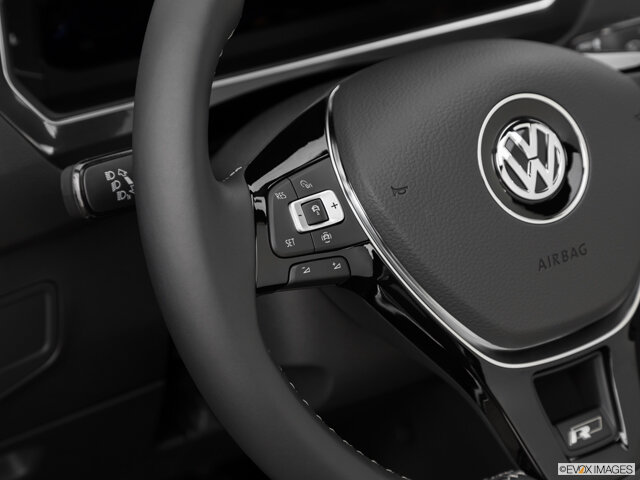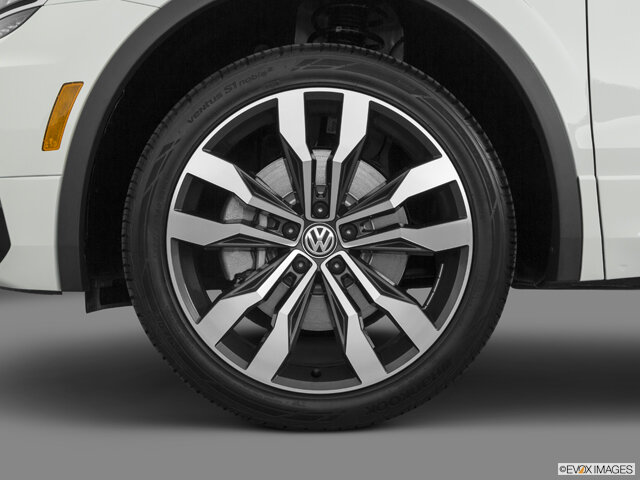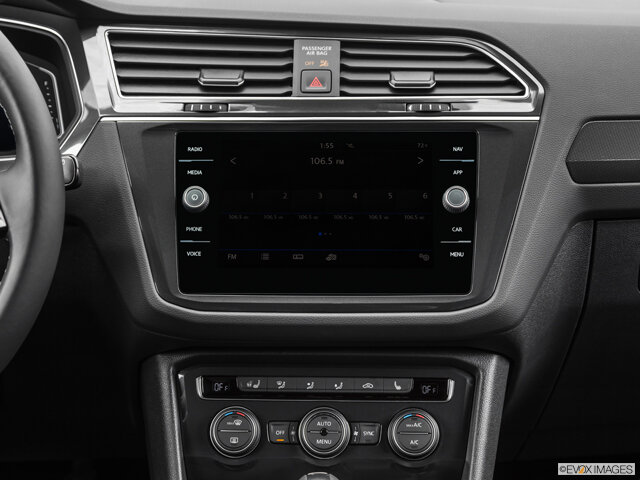The majority of car buyers finance their purchase. While choosing a loan for a car breaks up the financial obligation and allows for convenient monthly payments, buyers typically must consider how much they can afford for a down payment.
Some dealerships offer special promotions that advertise ‘one dime’ down payments or no down payments. Opting for a low down payment or skipping the down payment completely might not be the best choice. What’s a good down payment for a car, and what is the benefit of this upfront payment?
The Recommended Down Payment for a New Car
A new vehicle hasn’t been impacted by depreciation. However, once the buyer drives the car out of the dealership, the value of the vehicle could depreciate anywhere from nine to 11 percent. This means that the car could be worth less than the balance of the loan immediately; when the car’s value is less than the loan balance, the buyer is said to be ‘underwater.’
To offset the impact of depreciation, experts typically recommend that buyers allocate 20 percent of the purchase price of a new car for the down payment. If the car costs $20,000, then the down payment should be $4,000.
Not only can a down payment help car buyers keep their head above water related to the value of their car, but the down payment also lowers the overall price of the vehicle and can lead to a lower monthly payment. Some buyers might allocate more than 20 percent of the car’s price for their down payment in order to make monthly payments more affordable; the buyer also could opt for a shorter loan term.
The Recommended Down Payment for a Used Vehicle
The value of a used or pre-owned vehicle has already been impacted by depreciation. For used car buyers, this means that they could opt for a lower down payment. However, experts still recommend that buyers make a down payment equivalent to 10 percent of the used car’s purchase price.
While depreciation could be more impactful in the first few years of car ownership for a new car, even older cars will lose value over time. Buyers also could make a larger down payment if they are facing higher interest rates for their loan; a larger down payment could help the buyer lower their monthly payments.
The Benefit of a Down Payment
For a new car, a down payment can help offset the impact of depreciation. In addition, allocating a larger down payment also lowers the price of the vehicle and could allow buyers to choose a shorter loan term. Paying more upfront for a down payment also could decrease the cost of monthly payments.
Unfortunately, not every buyer can afford to allocate 10 to 20 percent of a vehicle’s purchase price for a down payment. The price of a new vehicle is on the rise. In fact, Kelley Blue Book reported that the average new car cost more than $48,000.
As prices increase for cars, allocating 20 percent could be unfeasible for some buyers. Even a 10 percent down payment for a new car could be a stretch for some buyers.
A down payment that is too low, though, could mean that the loan exceeds the value of the vehicle once the owner drives out of the dealership. While gap insurance could ensure that a collision doesn’t leave the owner paying thousands of dollars out of pocket for a totaled car (if the loan exceeds the value), smaller down payments could simply cost buyers more in the long run.
Smaller down payments require the buyer to finance a higher value. To make the larger purchase price more affordable, a buyer might need to extend the terms; instead of choosing a five-year loan, buyers might opt for a six or seven year loan to ensure they can afford the monthly payment. Unfortunately, Experian reports that these longer loans also could correlate to higher interest rates.
While the monthly payments could be more affordable, the higher interest rate adds up to the buyer paying more interest over the life of the loan. A zero down payment might be tempting, but buyers might consider adding up the long-term costs.

Understanding How the Down Payment Impacts the Monthly Payment
Buyers don’t have to grab a calculator or create a spreadsheet to understand the impact of a down payment related to the car’s overall affordability and monthly cost. Sites like Nerdwallet provide car payment calculators online that let buyers plug in all data that impacts the price of a vehicle.
To use these calculators efficiently, buyers should know their credit worthiness. All consumers are entitled to a free credit report every 12 months; these reports show a three digit credit score that can be used to better understand a consumer’s potential interest rates for a car loan. The score on free reports won’t necessarily mirror the number seen by lenders, but it should be close.
Once a buyer understands their credit score, they can see how this score range correlates to potential loan rates. Nerdwallet’s car loan calculator gives estimated interest rates for different scores; these rates should only be used for informational and research purposes, though (the calculator is not an approval tool for a loan).
Buyers can enter the estimated purchase price of the vehicle, their estimated interest rate and the loan term that they are considering (60 months, 72 months, etc.). The calculator will show monthly payment estimates based on all the information provided by the consumer (including a down payment amount).
Nerdwallet provides numerous different calculators for consumers. A reverse auto loan calculator lets consumers enter the monthly payment they prefer and see how much car they could purchase based on this monthly price. Nerdwallet also offers a calculator for those interested in refinancing.
Leasing could be an Affordable Option
Leasing a car is like a long-term rental. A lease could last around three years. During the lease period, the consumer makes a monthly payment on the vehicle. Leasing a vehicle doesn’t always require a down payment, however there are up-front costs related to a lease.
Once the lease ends, the consumer could opt to buy the vehicle for the price noted in the lease contract. However, they also could simply decide to turn in the vehicle.
For some consumers, though, a lease could be a more affordable option. Monthly payments for a lease are traditionally lower than the loan payments for the same vehicle. In addition, while the consumer is responsible for daily upkeep of the vehicle, the dealership handles routine maintenance like oil changes. Some individuals like the impermanence of the lease; they also might like that leasing allows them to afford a better vehicle for their money.
There is one downside to leasing, though. The lease contract stipulates mileage restrictions. If these mileage restrictions are exceeded, the individual leasing the vehicle is subject to additional fees.

How to Budget for a Down Payment
Sometimes an older car breaks down at an unpredictable time, and car owners are left scrambling to replace it with a new model. A car accident also could leave a car owner with a totaled vehicle and a minimal amount of money to allocate for a new vehicle.
Car buyers might only be able to allocate a small down payment on a new car if they are not prepared for the new car purchase. Every consumer’s financial circumstances are unique. Some individuals simply are not in a position to budget for a 20 percent down payment.
In some cases, though, a car owner might be planning a new car purchase. They might only drive a vehicle for a few years and then replace it with a newer model. Others might pay off their old vehicle and save up for a new model.
Allocating a specific amount each month to a new car fund could help consumers save up for a larger down payment. In fact, some buyers might even save enough to purchase a new vehicle without taking out a loan.
The more money buyers can save for the down payment, the greater their control could be over their loan options. For example, those who save up for a larger than recommended down payment might be able to choose a loan with a shorter term; they may be able to own the car after 36 months of payments instead of 60 months of payments.
A shorter loan term could lead to better interest rates, and, overall, the consumer should pay less interest over the life of the loan (for shorter loan terms). However, those who allocate a 20 percent down payment for a new car also can offset the impact of depreciation. This means that buyers might have no need for gap insurance coverage.
Again, though, every car buyer’s financial circumstance is unique. While experts might recommend a 20 percent down payment for a new car and a 10 percent down payment for a used car, buyers might simply put as much down as they can afford. While some buyers have the luxury to plan ahead and save up for their new car purchase, others are caught off guard and unprepared for the purchase.
Buyers can look at their budget to better understand how much they can allocate for the down payment or use a car payment calculator to understand how different down payment amounts impact the overall cost and affordability of a new or used car. In addition, those with a vehicle to offer up as a trade-in also could use the value of the trade-in to help offset the purchase price of the new car purchase.

